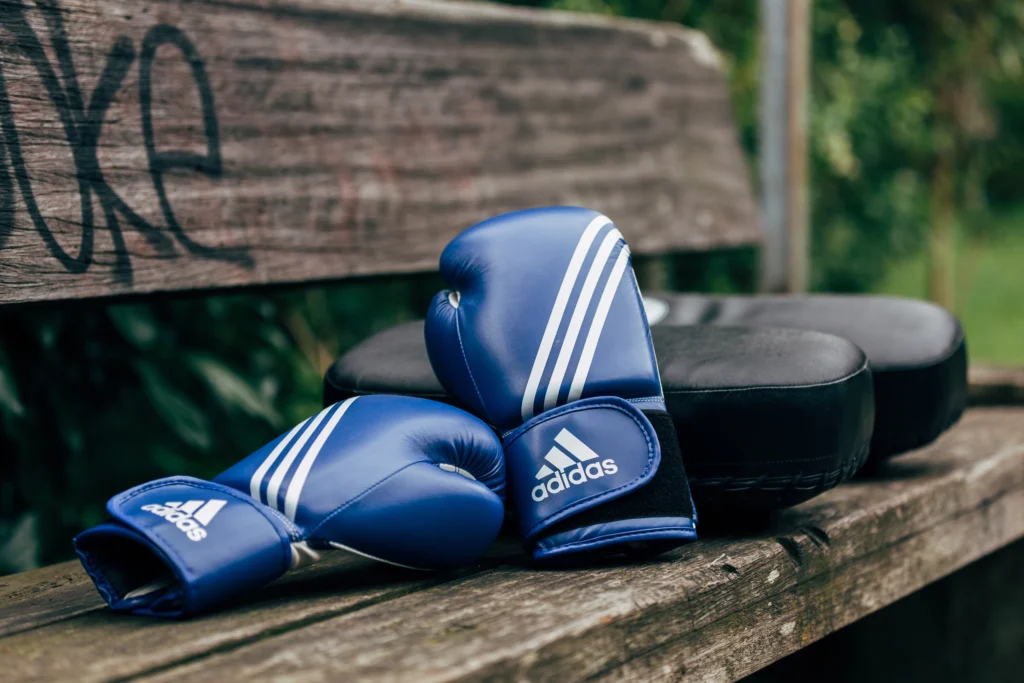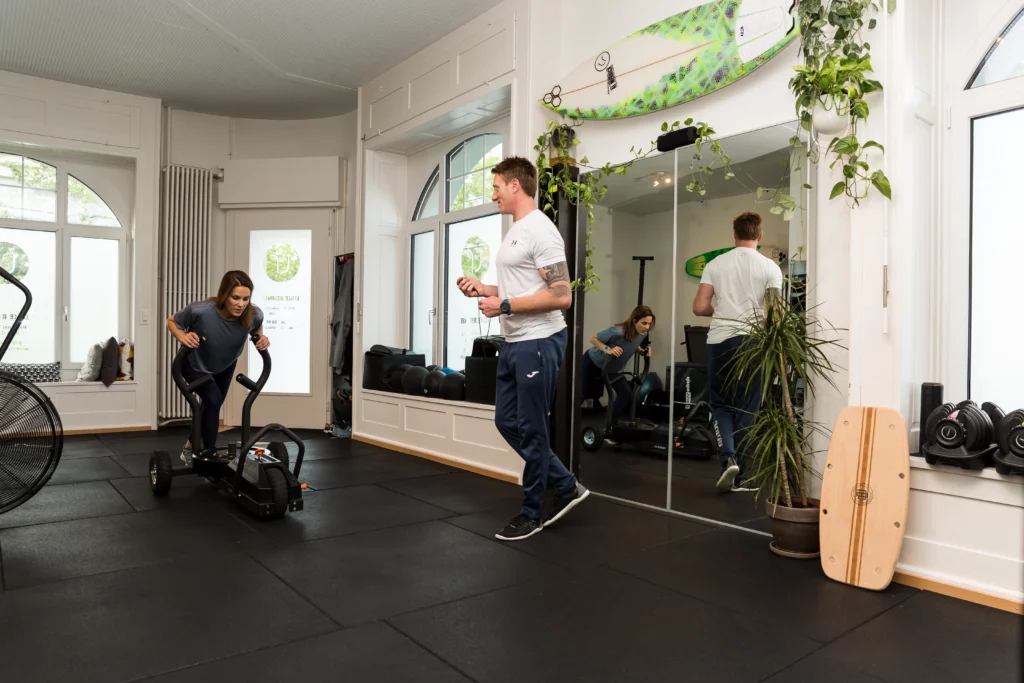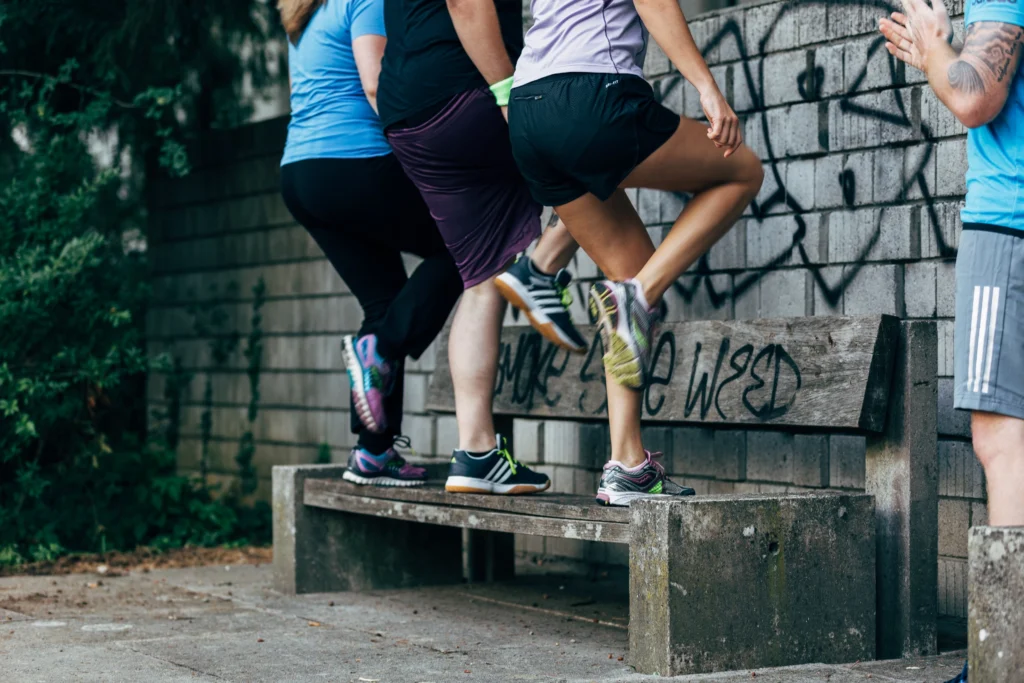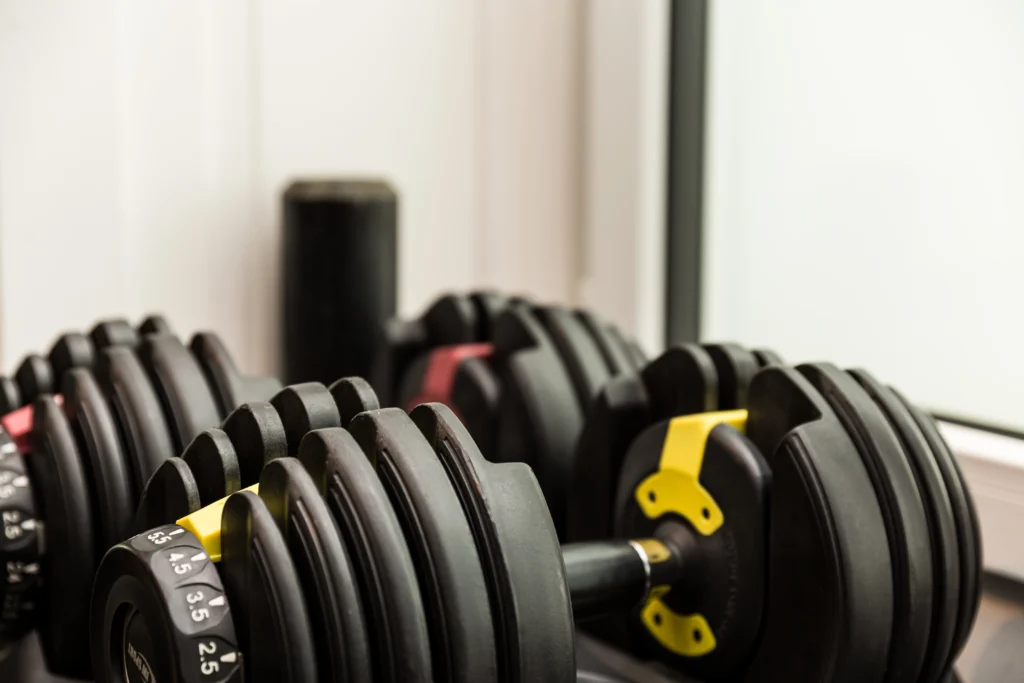Is age just number, or does it truly determine our fitness levels? As we move through our different stages of life, it’s easier to fall into the trap of thinking that our best years of physical health are behind us. Many believe that turning 30 marks the beginning of a slow decline, while others fear that reaching 40 or 50 is the final nail in the coffin for their fitness goals.
But is this really the case? The truth is, while our bodies do change as we age, fitness is far more influenced by our mindset and habits than by the number of candles on our birthday cake. In this blog post, we’ll dive into the science behind aging and fitness, debunk common myths, and explore practical ways to stay in shape – no matter how old you are.
Whether you’re in your 30s, 40s or 50s, there’s no better time than now to take control of your fitness journey. Let’s look into how you can defy the stereotypes and unlock your full potential through your upcoming stages of life.

Understanding fitness across different ages
When it comes to fitness, age is often seen as a defining factor in what we can and can’t do. We’ve all heard the sayings: “it’s all downhill after 30,” or “Once you hit 50, it’s too late to get in shape.” These statements are not only discouraging – they’re also misleading. The reality is far more empowering.
Myth busting: Age and Fitness Decline
One of the most common misconceptions is that aging automatically leads to significant decline in physical abilities. While it’s true that our bodies undergo changes as we age – like decrease in muscle mass, a slower metabolism and reduced flexibility – these changes aren’t the end of the road. Many of the physical decline we attribute to aging actually is a result of having a less active lifestyle rather than our actual age itself.
Consider this: studies have shown that people that maintain regular physical activity can preserve much of their strength, endurance and flexibility well into their later years. Adaption of our fitness routines is the way forward – not limiting them via assumptions concerning age.
The science behind ageing and fitness
As we age our bodies do experience some changes. Starting in our 30s we begin to lose muscle mass at a rate of about 3-5% per decade if we’re inactive – a condition known as Sarcopenia. Our metabolism also tends to slow down meaning that we burn fewer calories at rest.
These changes however can be managed and mitigated with the right approach. Resistance training can help combat muscle loss, while a balanced diet and regular exercise can keep our metabolism humming. Flexibility and mobility training via stretching, Pilates and yoga can maintain and even improve our range of motion, counteracting stiffness and tightness that accompanies aging.
By understanding these physiological changes, we can better tailor our fitness routines to meet the needs of our bodies at any age. The goal should never be to just maintain your fitness – but to optimise it, ensuring that we’re not just surviving as we age but still able to thrive in the activities we love.

Fitness in your 30s
Your 30s are often a decade of significant change, both personally and professionally. It’s a time when many people are balancing demanding careers, growing families and increasingly busy schedules. With so much going on its easy to let fitness take a backseat. However, your 30s are crucial for setting the foundation for long-term health and fitness.
Challenges in your 30s
One of the biggest challenges in your 30s is finding the time and energy to stay active. There’s work commitments, family responsibilities, and social obligations making exercise just another task on the already overflowing to-do list. Additionally, this is when people begin to notice the subtle signs of aging – a few extra kilos that can stick around, slower recovery times after training and some unusual aches and pains.
The pressures of daily life can lead to less physical activity, and this in turn can exacerbate these early signs of aging. If fitness routines are neglected, muscle mass can start to decline, metabolism can begin to slow making it harder to maintain a healthy weight and overall fitness level.
Opportunities for fitness in your 30s
Despite these challenges, your 30s offer a tremendous opportunity to build a strong, resilient body that will serve you for decades to come. The key is consistency and making fitness a priority, even amid a busy lifestyle.
This decade is ideal for focusing on strength training which helps combat the natural loss of muscle mass that begins around this age. Building and maintaining muscle not only enhances your physical appearance but also supports metabolism, bone density and overall health.
Cardiovascular fitness is equally important. Incorporating regular cardio sessions – whether its running, cycling, martial arts, swimming or high intensity interval training (HIIT) – can help maintain heart health, boost endurance and manage weight.
Tips for staying fit in your 30s
Prioritise strength / resistance training
Aim to include at least 2 of these sessions per week. Focus on compound movements such as squats, lunges, deadlift variations, various presses, various pulls which work multiple muscle groups and offer maximum benefit in minimal time.
Incorporate High Intensity Interval Training (HIIT)
HIIT is an efficient way to improve cardiovascular health and burn calories helping to fit into a busy schedule. A 20-30-minute session can be just as effective as a longer, steady state cardio workout.
Stay flexible
Incorporate stretching, Yoga and / or Pilates into your routine to maintain flexibility and avoid injuries. Flexibility becomes increasingly important as we age to ensure a full range of motion in regular daily activities.
Make time for recovery
Prioritise sleep and recovery. Your body needs time to repair and rebuild after working out especially as you get older. Aim for 7-9 hours sleep per night and consider incorporating practices like foam rolling, stretching and massage into your weekly routine to help recovery.

Fitness in your 40s
For many people, their 40s bring an even busier lifestyle, with growing work responsibilities and family life often taking centre stage. Alongside this, physical changes become more apparent and fitness goals may shift as we look to maintain strength, mobility and endurance.
Challenges in your 40s
As you move into your 40s you might notice that your metabolism has slowed even further. It can feel harder to stay in shape, and weight gain may happen more easily. Additionally joint pain, stiffness and muscle soreness may become more frequent – particularly if your training routine has been inconsistent.
However, the good news is that its never too late to get back on track. While your 40s might come with unique challenges, it’s also a time to build habits to ensure longevity and resilience.
Opportunities for fitness in your 40s
The key focus in your 40s should be maintaining strength, enhance flexibility and incorporating functional movements into your routine. Staying active in your 40s is crucial for preventing lifestyle-related diseases such as heart disease and diabetes.
By adjusting your workouts to incorporate more joint friendly exercises and focussing on mobility, you can reduce your risk of injury while improving your overall fitness.
Tips for staying fit in your 40s
Strength training for longevity
Continue to prioritise strength training but with an emphasis on functional movements such as lunges, bridges, planks and resistance band work to support daily activities and avoid injuries.
Focus on mobility and flexibility
Incorporate mobility drills and stretching to keep your joints healthy and maintain flexibility. Yoga or Pilates can be particularly beneficial during this decade.
Mindful cardio
Do low impact cardio exercises like swimming, walking, rowing, cycling to have a lower impact on your joints while still benefiting your cardiovascular system.
Recovery is non-negotiable
In your 40s, it’s more important than ever to listen to your body. Recovery sessions, proper warmups – proper cooldowns and giving yourself time between intense workouts will help prevent injuries and ensure you can continue to make progress in your training.

Fitness in your 50s and beyond
Your 50s mark a new phase in life – and it comes with a renewed focus on maintaining mobility, balance and strength. While there are many challenges, staying fit in your 50s is one of the best ways to ensure that you continue to live life to its fullest.
Challenges in your 50s
In your 50s you might experience more noticeable signs of aging such as decreased bone density, muscle mass and energy levels. Joint pain and stiffness can also become more prominent making high impact exercises less ideal. However regular physical activity can significantly slow these processes and improve your quality of life.
Opportunities for fitness in your 50s
The focus in your 50s should be on maintaining muscle mass, protecting bone health and improving balance. Consistency in a balanced fitness routine is key. Walking, resistance training and stretching exercises should be staples in your routine.
Tips for staying fit in your 50s and beyond
Prioritise bone health
Incorporate weight bearing exercises like resistance training, stair climbing and walking to maintain bone density and prevent Osteoporosis.
Stay active daily
Consistency is the key. Aim for at least 30 minutes of physical activity every day – even if its just walking or stretching.
Strengthen your core and improve balance
Include exercises like planks, dead bug variations and balance drills to improve stability and reduce the risk of falls.
Consistency and mindset: The keys to long-term fitness
No matter your age, the secret to staying fit lies in your consistency and mindset. Instead of focussing on what you may have lost with age – shift your mindset and attitude to focus on what you can still gain. Every day is a new opportunity to move your body, strengthen your muscles and improve your health. Age is not a barrier – its just another chapter in your fitness journey.
Fitness doesn’t have an expiry date. Whether you’re in your 30s, 40s, 50s or beyond, your ability to stay fit and healthy depends more on your commitment and consistency than on your age. By understanding how your body changes and adapting your fitness routine accordingly you can stay active, strong and confident through every decade.
Are you ready to take charge of your fitness at any age? Whether your just getting started or looking to take your routine to the next level, contact me to schedule a Personal Training session and unlock your full potential. Let’s get started!